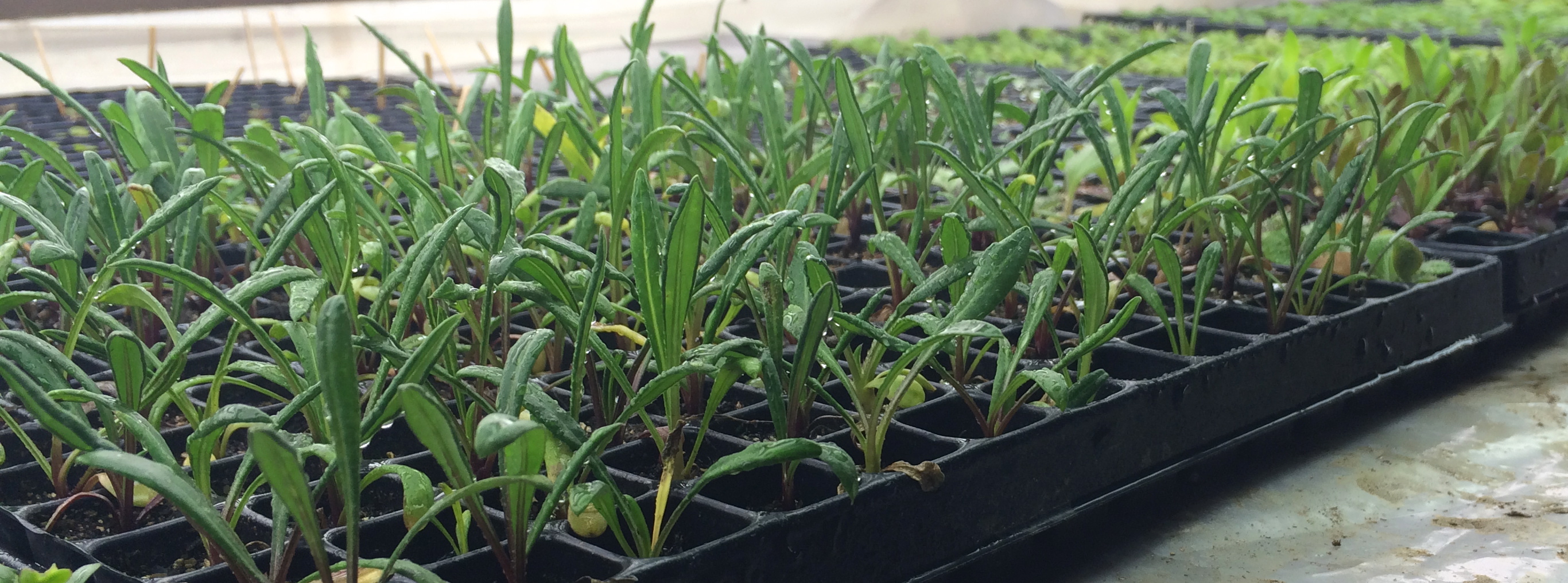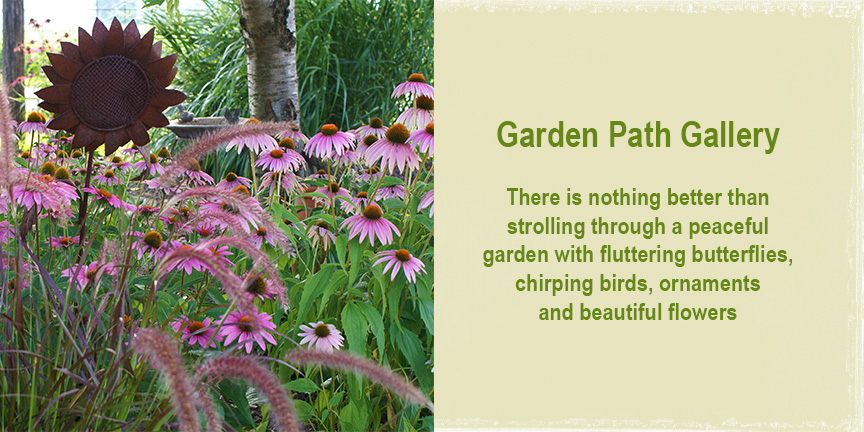Starting Seeds Indoors
#1 Choosing Containers
You can start seeds in all kinds of containers. There are many things around the house that you can use such as egg cartons, paper cups ect.. We recommend trays designed for starting seeds such as the photo above. It is much easier to control your watering, they are easy to handle and save space. We also recommend that you choose a container no more that 2 to 3 inches deep. If you accidentally over water a container that is too large or deep, it may not dry quick enough and cause the seeds or seedlings to rot.
#2 Choosing the right soil
Seeds will germinate much better in a light weight potting mix designed for starting seeds. This type of potting mix will dry out quicker and help prevent seed rot. Dampen the potting mix and then place it in your growing containers. The goal is to get it damp and not soggy. Getting the potting mix too wet may cause the seeds to rot prior to germination. When placing the soil in your containers, do not pack it down. This will allow for better air flow within the soil as well as give seeds looser space to germinate.
#3 Sowing the seeds
The depth that seeds need to be planted depends on their size. They should be planted at the depth of one to two times their diameter. You can use a toothpick or the tip of a pencil to poke them into the soil and cover them. Planting them too deep may cause them to rot. However, not planting them deep enough may prevent germination due to lack of moist soil contact. Very fine seeds can be placed on top of the soil and then sprinkled with a very small amount of more soil. Once the seeds are planted, mist them lightly with a little more water and cover them with plastic such as a dome or plastic wrap. The plastic will help hold in heat and moisture. Do not let the plastic touch the soil. If you are using plastic wrap, place toothpicks in the seed tray and lay the plastic wrap over the toothpicks.
#4 Heat & Light
Place the containers in a warm lighted area (preferably 70 to 75 degrees fahrenheit). Once they germinate, move them to a south window. Rotate them every few days by turning the tray around to keep the plants from leaning towards the light. For more successful seedlings, we recommend fluorescent lights. Keep the light a few inches above the seedlings. If they are too far away from the light they will start to stretch making them leggy and weak. Keeping the light a few inches from the plants, raise the light or lower the plants to adjust the distance as they begin to grow. Using a heated grow mat with a thermometer designed for starting seeds can be very helpful as well. Set the thermometer between 70 to 75 degrees fahrenheit.
If seedlings become too tall and leggy you can force them to thicken by placing an oscillating fan to blow gently on them. This releases chemicals to help them grow thicker. You can also gently rub your hand across the top of them a few times a day.
Read more at Gardening Know How: Why Are My Seedlings Leggy? What Causes Leggy Seedlings And How To Prevent It https://www.gardeningknowhow.com/garden-how-to/propagation/seeds/leggy-seedling.htm
Read more at Gardening Know How: Why Are My Seedlings Leggy? What Causes Leggy Seedlings And How To Prevent It https://www.gardeningknowhow.com/garden-how-to/propagation/seeds/leggy-seedling.htm
#5 Water
Water level is one of the biggest mistakes made when growing from seed. Too much water can rot your seed or seedling and too little water can cause them to dry out and die. The soil must never get too wet and soggy or go completley dry. Sometimes seeds and seedlings need to be misted twice a day. We recommend a fine mist that dampens the soil without over watering. As the plants begin to grow, they will require more water. Keep in mind that if you are using small containers, they will dry out faster.
#6 Germination
Remove the plastic once the seeds begin to germinate. Leaving the plastic on too long may cause rot or mold. If the roots are on top of the soil, poke them slightly into the soil with a toothpick. After they establish a small amount of roots, place a fan in the room for good air flow. This will help prevent mold and plant disease as well as make them stronger. Keep in mind that a fan will cause the soil to dry out faster so it may require more watering.
#7 Hardening off
It is best to harden off the plants a few weeks before planting them outside. You can do this by taking them outside for a few hours each day to expose them to sun and wind. Increase the amount of time they are outside each day. After a few weeks they should be strong enough to withstand the new environment. Make sure to go by the last frost date for your area before planting them outside. 

Contact Us
Copyright Smiths Country Gardens LLC. All rights reserved
- Articles View Hits
- 347820
